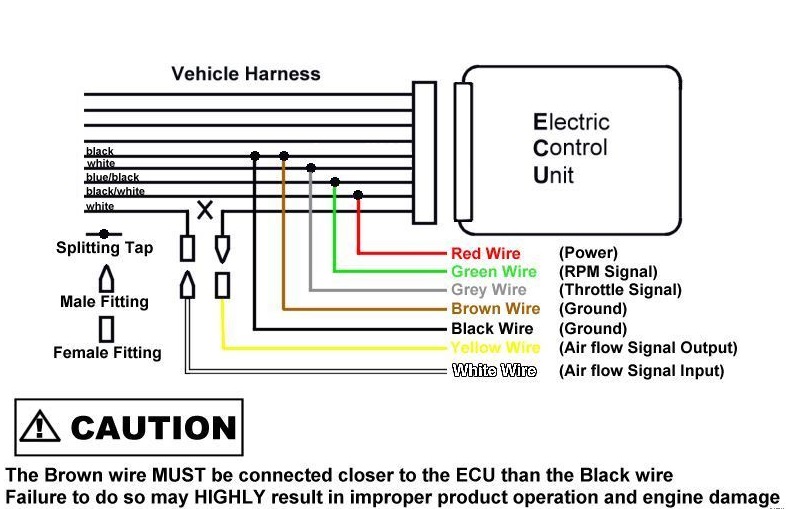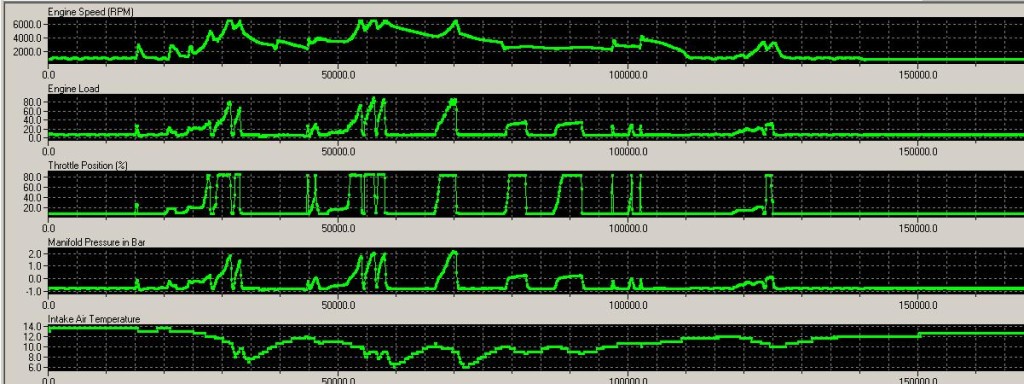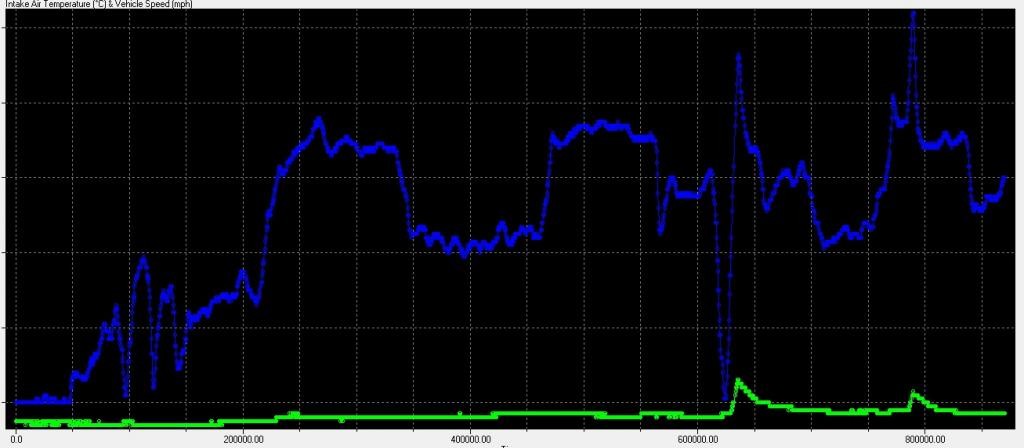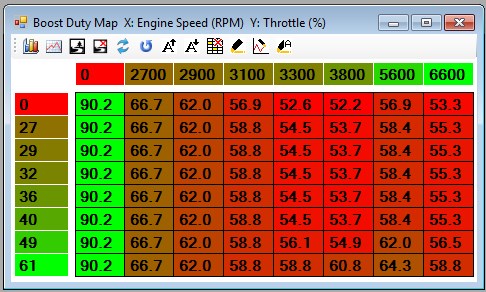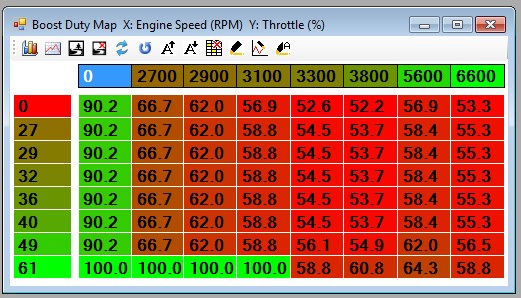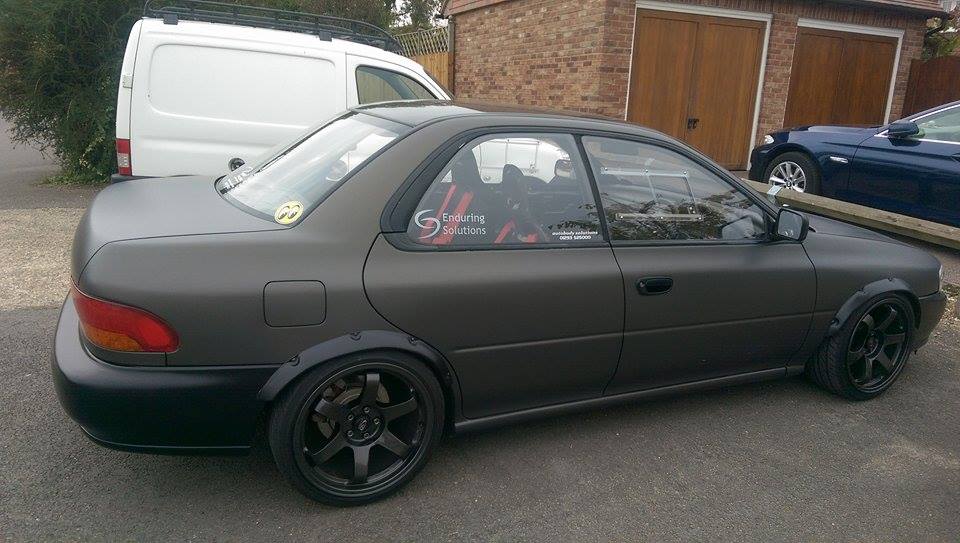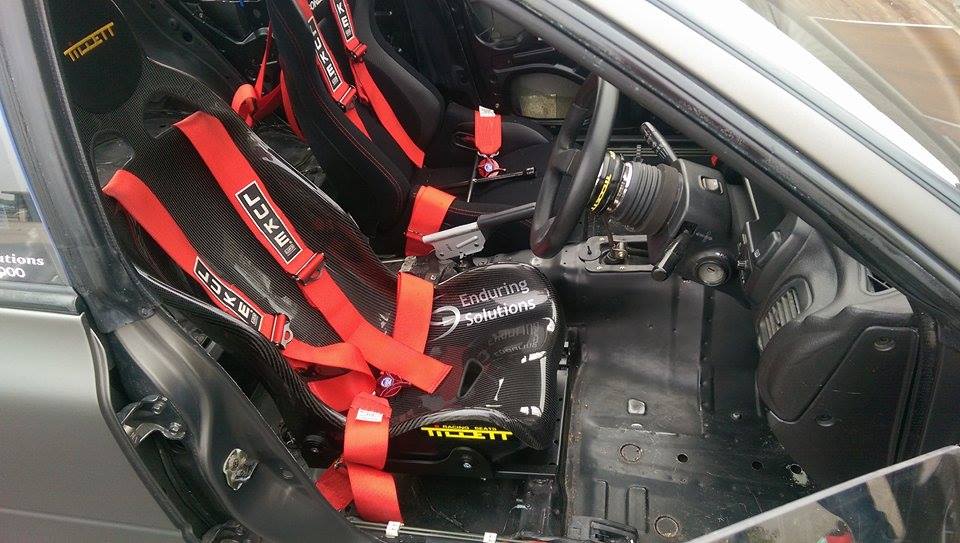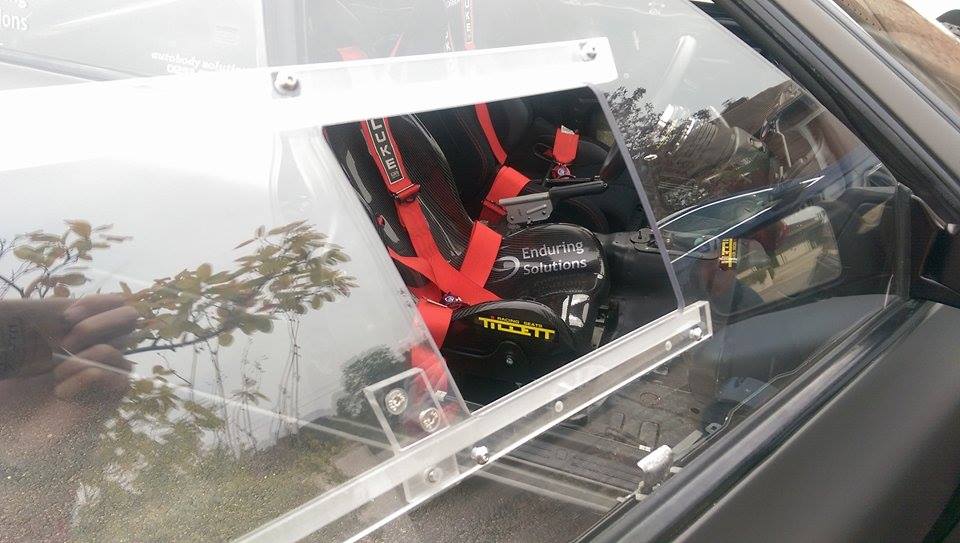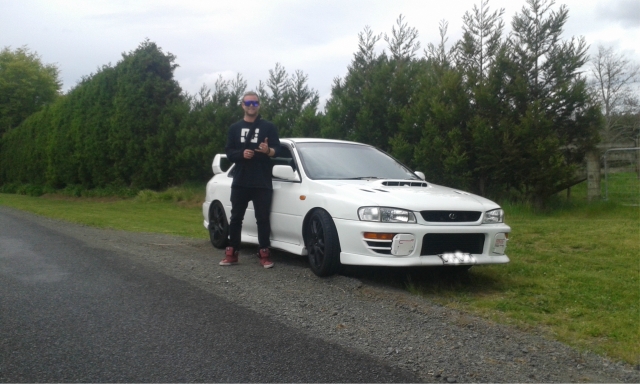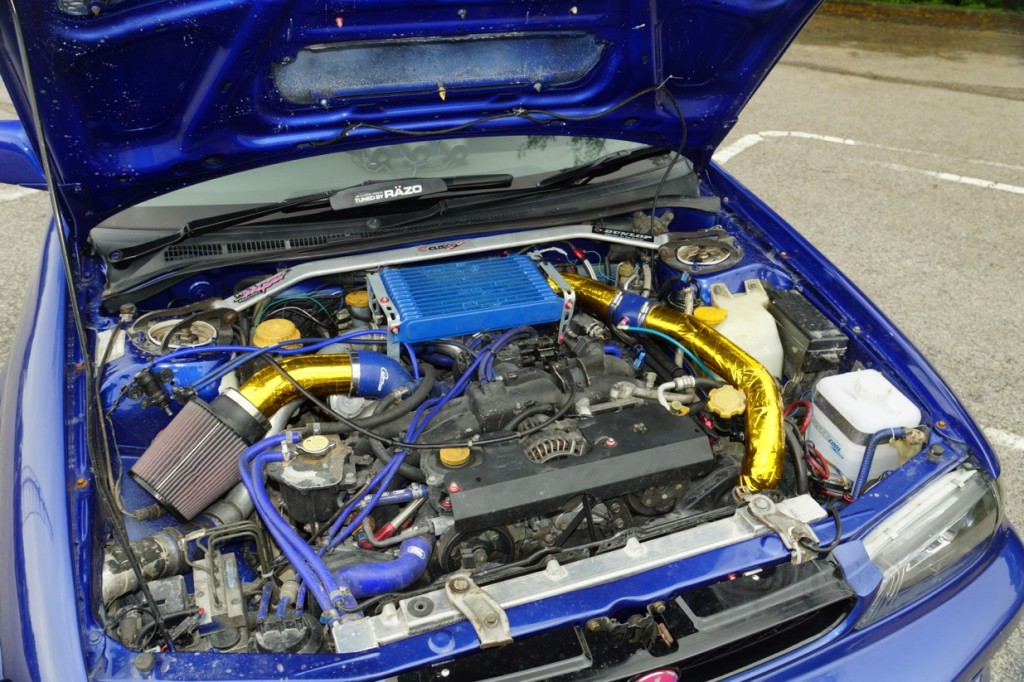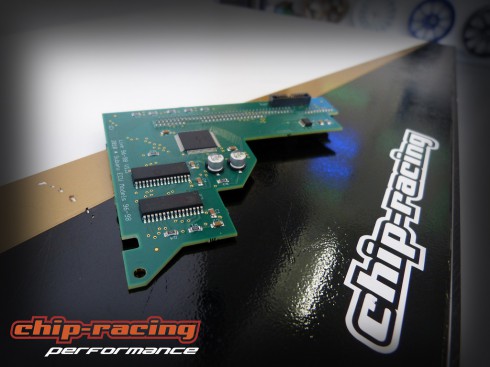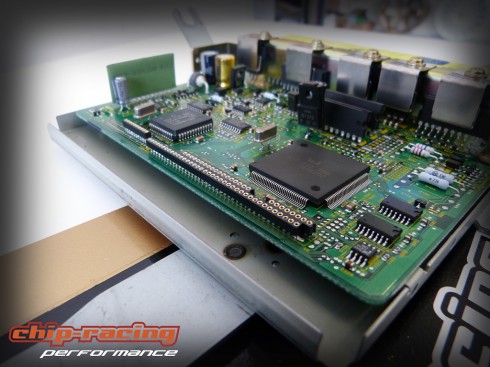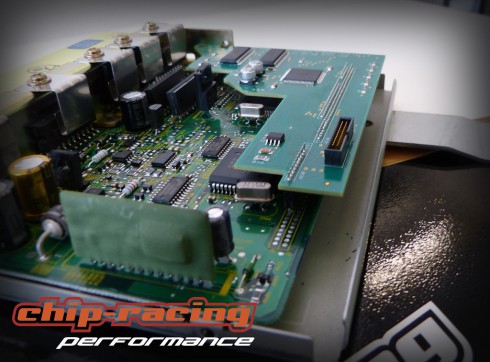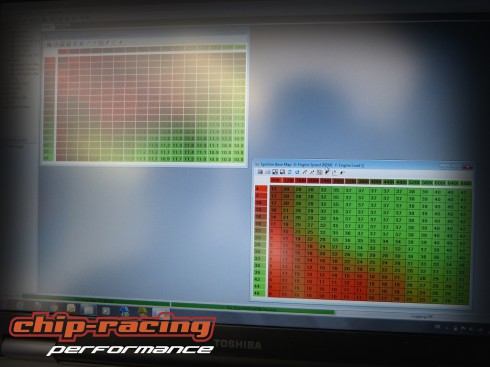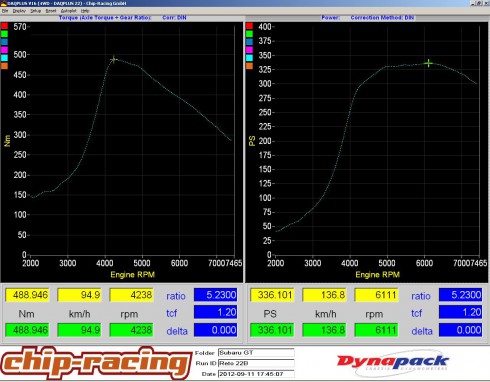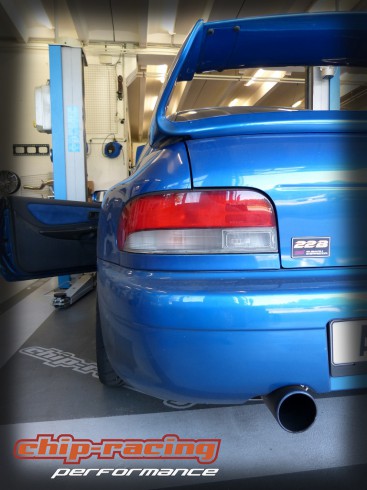Hope this doesn’t come across as a rant, but it’s one of my pet hates and another term I keep seeing widely misused.
A piggyback ECU is so called as it is spiced into the loom between the sensors and OEM ECU and modifies signals to trick the ECU into behaving differently.
For example, in order to adjust the mixture, it will alter the MAF voltage signal to fool the ECU into delivering a different amount of fuel.
One of the problems with this approach is that the closed loop fuel system will see that the mixture has changed and will attempt to trim back to where it was.
The same trick can be applied to the boost control, but again, the feedback loop will fight it, leading to a very confusing picture.
In short, it’s best not to try and fool the ECU as there are all sorts of potential side effects and the level of tuning you can achieve is very limited.
The ESL ECU converts the ECU with the biggest design and test budget (the OEM one) and removes the MY89-98 biggest disadvantage, that it is not mappable. As we have to add hardware we can go one step further than reflash style software and make the ECU genuinely live mappable, engine running, per parameter, with no chance of “bricking” the ECU, i.e. a full standalone with genuine OEM drive quality.
